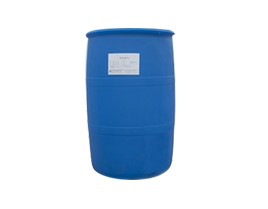The application of surfactants in aquatic pharmaceutical preparations can improve their production process, appearance properties and administration forms, such as stability, clarity, hardness, water solubility, disintegration, solubility, color and taste. In practical application, it can improve the bioavailability of drug preparations, but on the other hand, improper use of surfactants will interact with various components in drug prescriptions and produce physicochemical changes (redox and catalytic hydrolysis), which will affect the stability of drug preparations and even the curative effect. When selecting varieties, it should be studied before application in practice.

With the unique activity mode of aquatic animals, the way of drug administration is also very different from that of terrestrial animals. The administration methods of aquatic animals are generally water administration and feed mixing. However, the latter is generally administered through water, which is limited by dissolution loss, feed disintegration time and palatability. So far, the feed mixing method is not very successful, and the former is still the main way of administration.
The biggest obstacle to water-based drug delivery is that many drugs are water-insoluble substances, which need to be transformed into dosage forms and change their physical properties. Surfactants have obvious advantages in providing water-soluble properties of drugs. Through the selection of appropriate surfactants, many water-insoluble drugs have been successfully applied locally in the field of aquatic products, such as water-soluble erythromycin, water-soluble chloramphenicol, water-soluble sulfonamide, water-soluble TMP, etc.
Surfactants widely used in this field include BS - 12, TEG - 103, teg51, sodium dodecanol sulfate, tween, polyvinylpyrrolidone, alcohol ether phosphate, Pingjia 0 - 20, amide ether phosphate, alcohol ether carboxylate and amine oxide, and more and more unique surfactants are used to improve drug solubility.
Due to the huge drug delivery system in aquaculture, the dosage also increases. Therefore, the demand to improve the efficacy, reduce the drug cost and reduce the burden of aquaculture is becoming more and more urgent. The requirement of high efficiency and low price of aquatic drugs has become the common desire of the whole aquaculture industry. Therefore, the research on the efficiency of drug properties is becoming more and more active.